What are the different manufacturing techniques for gold necklaces?
Posted on January 21, 2024
The different production techniques for gold necklaces include but are not limited to the following:
Engraving: This is a delicate carving technique that uses machines or hands to carve various exquisite patterns, patterns, and textures on the surface of gold, increasing the decorative and three-dimensional feel of the necklace.
Polishing process: By using professional polishing tools, the gold surface is polished extremely smooth, giving the necklace a mirror like luster and showcasing the bright metallic texture of gold itself.
Sandblasting technology: Using high-speed spraying of fine sand particles to treat the surface of gold, giving it a delicate and hazy matte texture, adding artistic expression and visual level to the jewelry.
Matte Finish: In contrast to polishing, matte finish allows gold to maintain a low brightness and non reflective appearance, giving a low-key and introverted feeling. It is commonly used to create vintage or minimalist style jewelry.
Rainbow Wire Drawing: By special drawing treatment on gold, the necklace can refract a rainbow like colorful effect under light irradiation, giving jewelry a dreamy and unique visual charm.
Stamping or Embossing, also known as die punching or embossing, is the process of pressing gold material into specific shapes or relief patterns through high pressure in a mold, which can create complex designs with a sense of concavity and convexity.
Setting: For gold necklaces containing gemstones or other decorative elements, various setting techniques such as claw setting, package setting, and close setting are also included to ensure that the gemstones are firmly fixed on the gold base.
Weaving process: Using gold thread to weave the chain body into different styles and structures, such as whip chains, twisted wire chains, etc.
Casting process: First, a prototype is made using wax or resin molds, and then liquid gold is poured into the mold and cooled into shape through methods such as wax loss casting or gypsum casting.
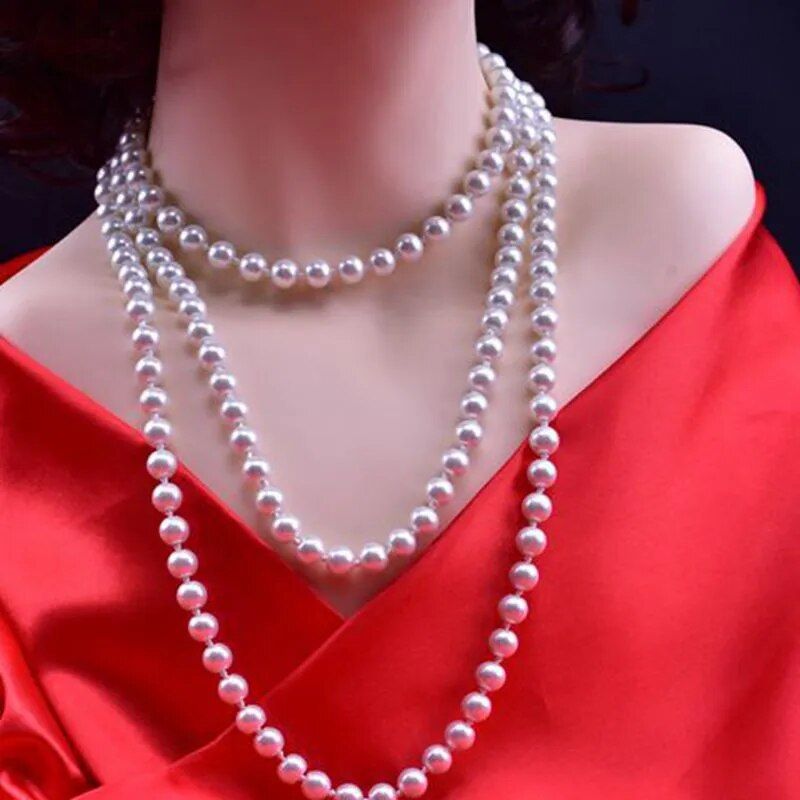
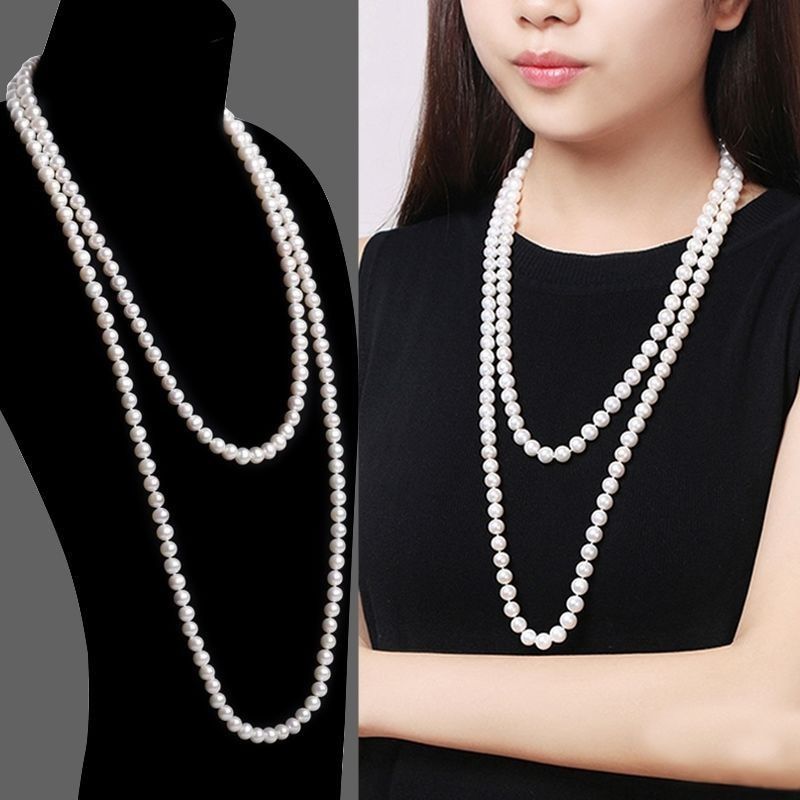
Multiple French Natural Freshwater Pearl Necklace for Women Elegant Irregular Pearls Chokers Necklaces Wedding Jewelry
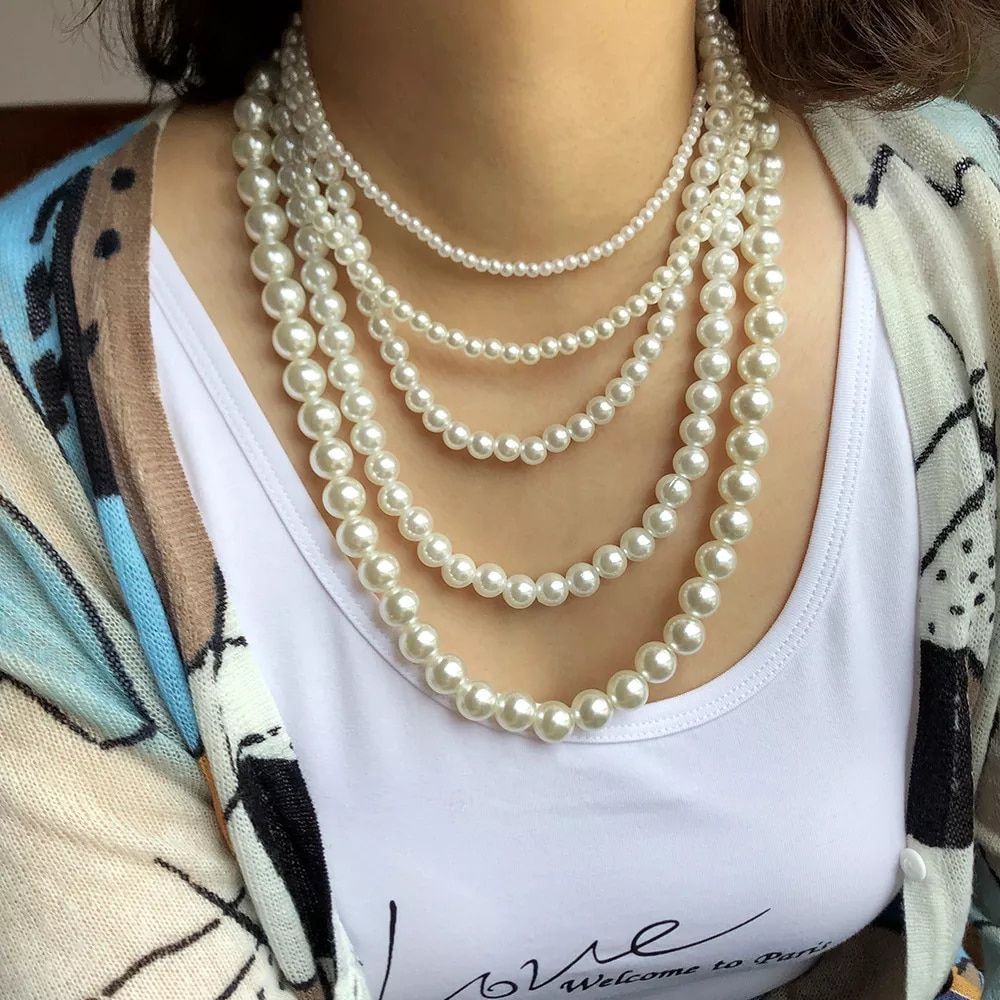
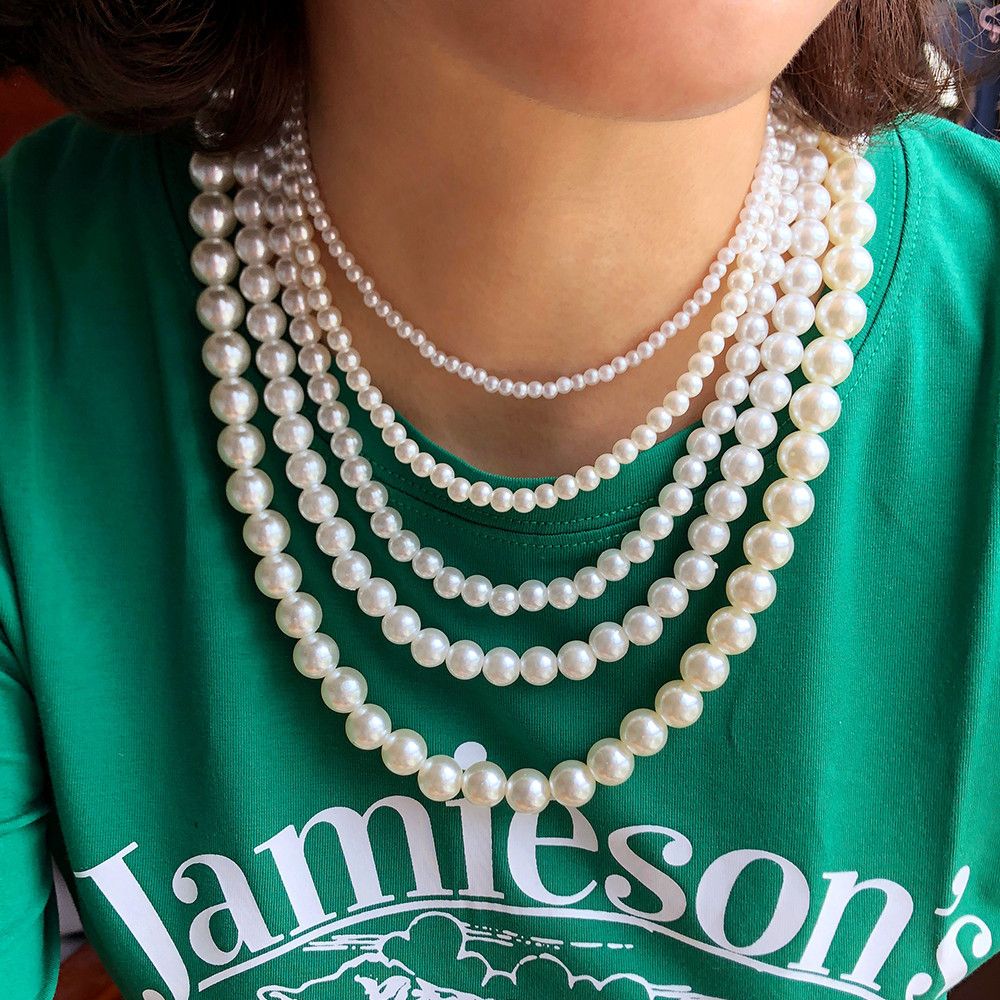
New Fashion White Imitation Pearl Choker Necklace Round Wedding Necklace for Women Men Charm Beaded Jewelry
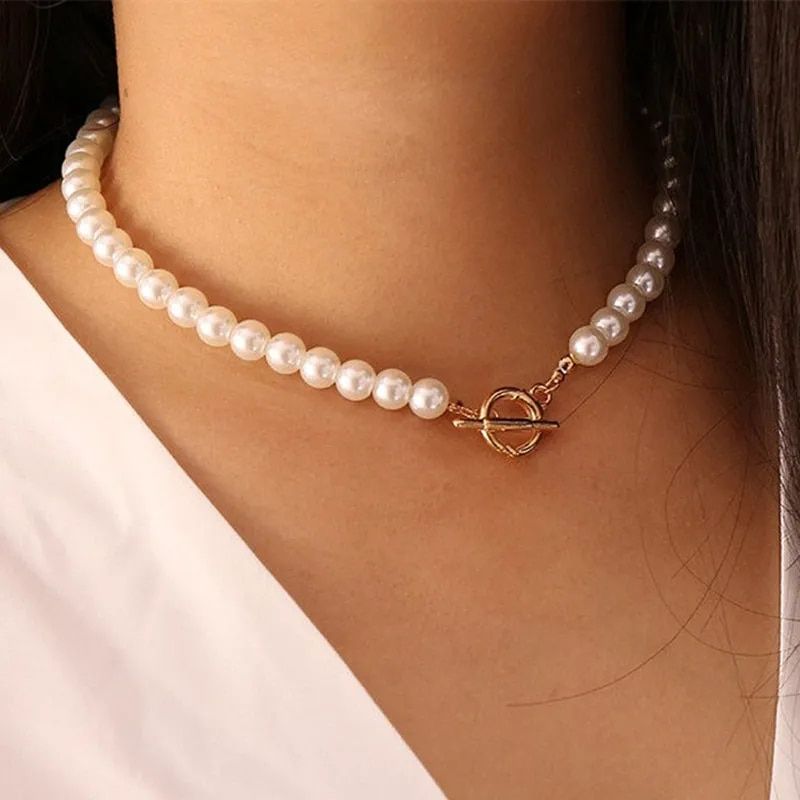
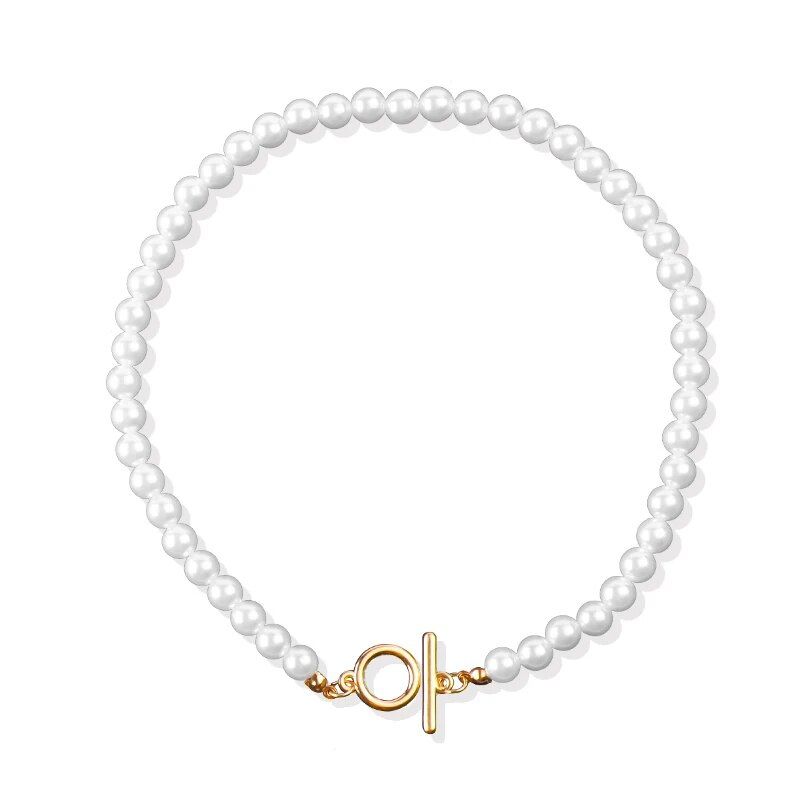
Goth Pearl Choker Necklace Gold Color Lasso Pendants Women Jewelry On The Neck Chain Beads Necklace Chocker Collar For Girl Kpop
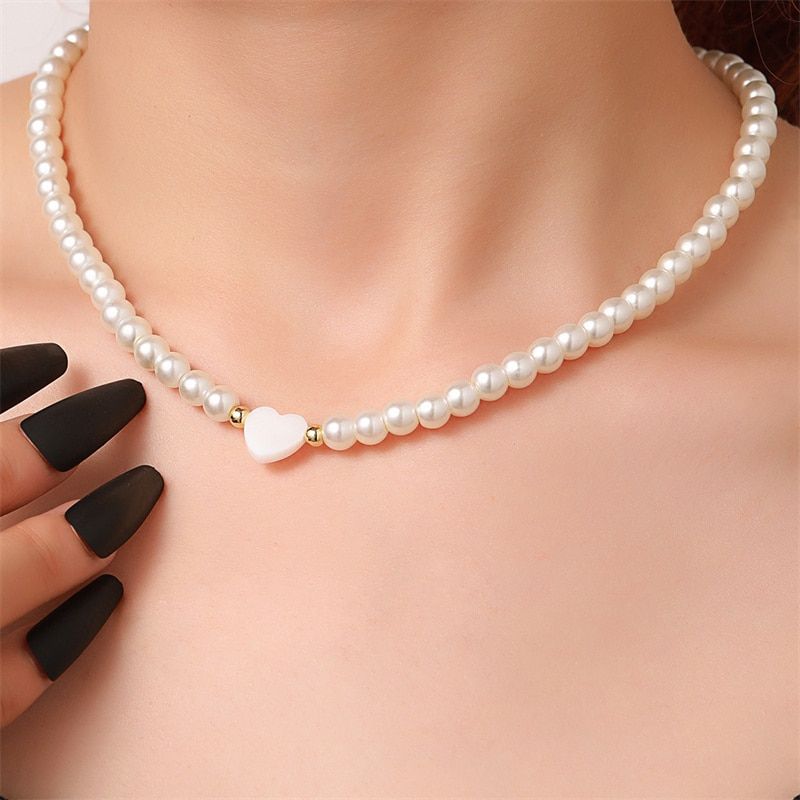
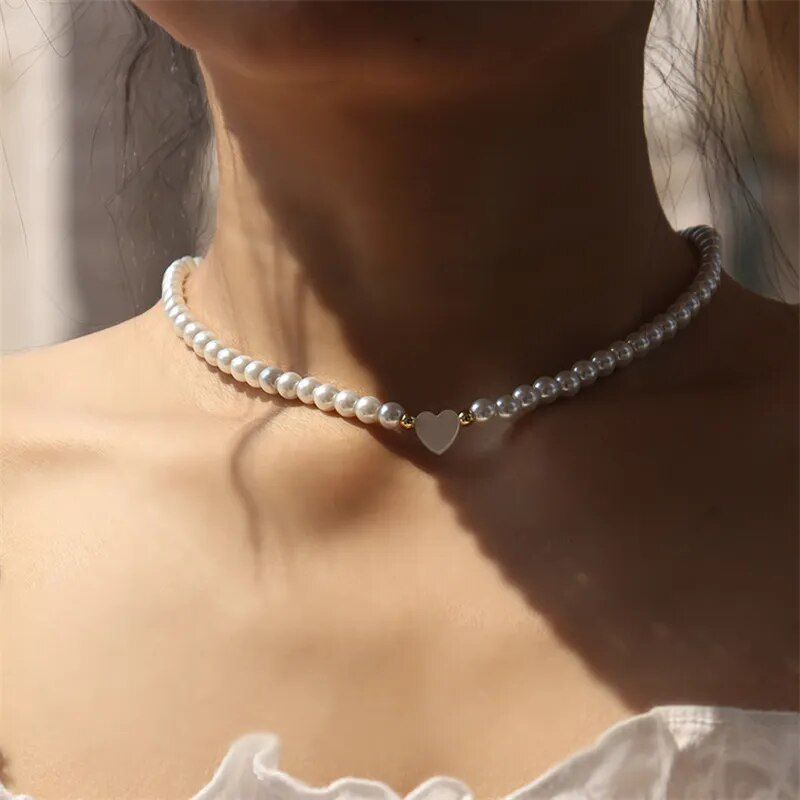
New Trendy Shell Heart Imitation Pearls Necklace Women Handmade 6mm Stone Beaded Necklace For Women Jewelry Gift
Cart
0 Item(s)
